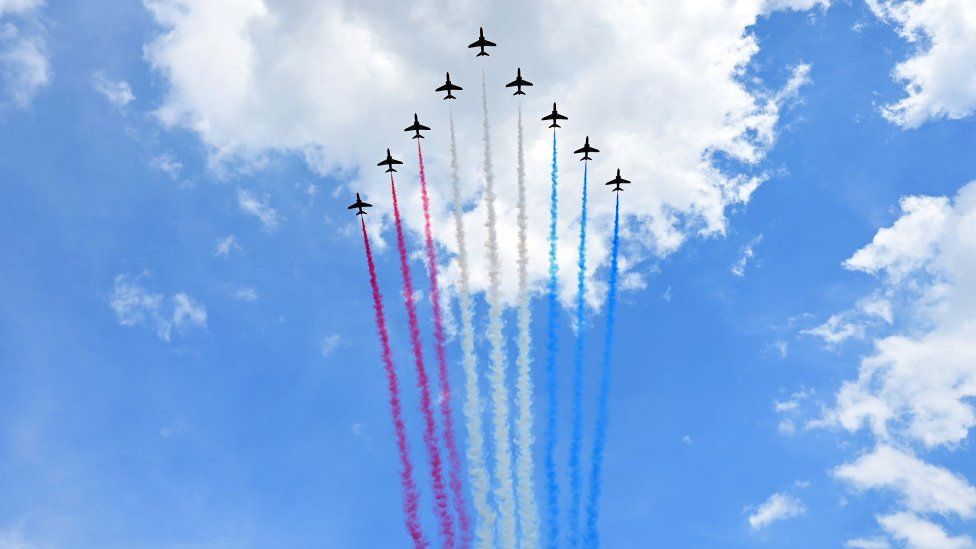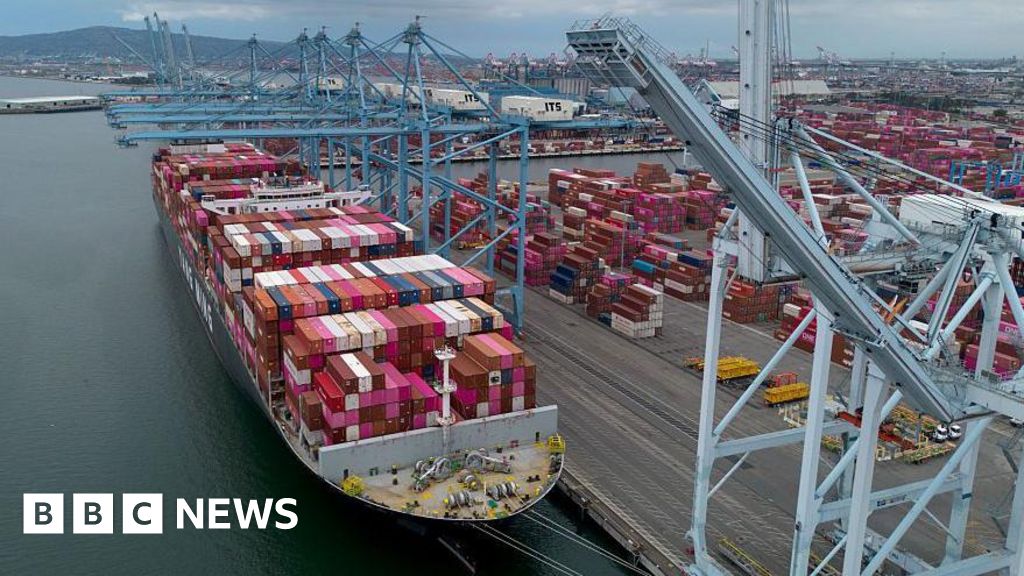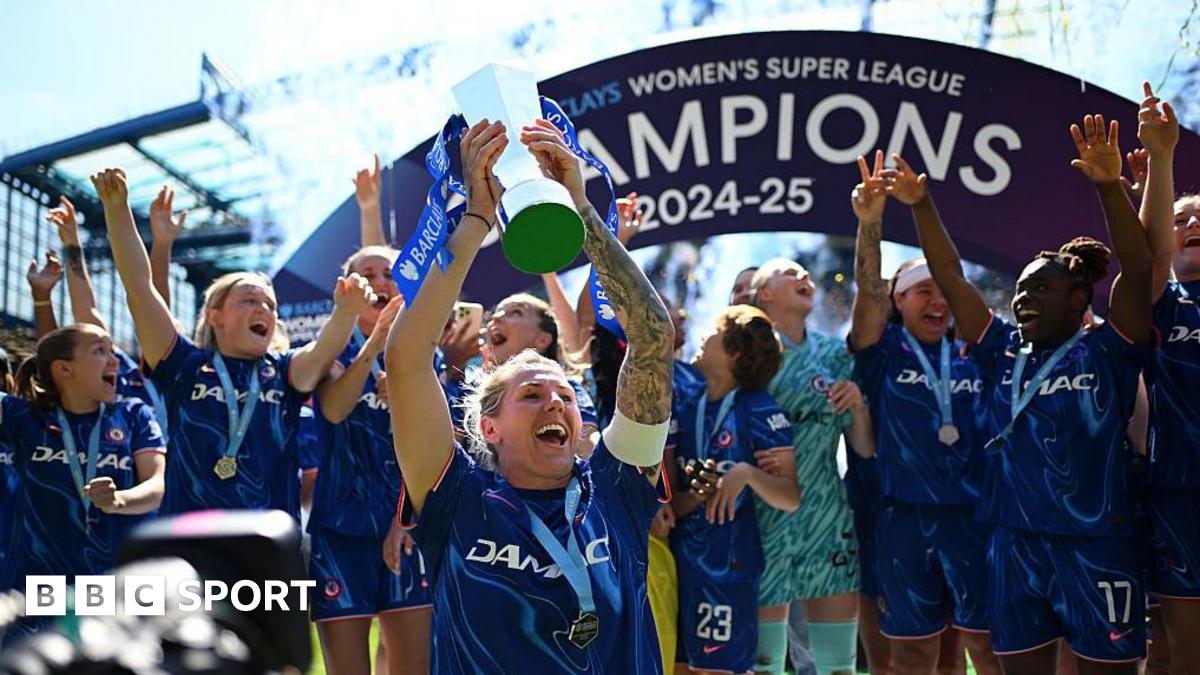ARTICLE AD BOX
By Theo Leggett
Business correspondent, BBC News
 Image source, Getty Images
Image source, Getty Images
The Red Arrows will return to Farnborough this year
Well, it has been quite a while. But this week, a usually rather sleepy airfield in Hampshire will once again play host to the biggest names of the global aerospace and defence industry.
The Farnborough Airshow, being held for the first time in four years, is expected to feature some 1,200 exhibitors from 42 countries, and attract more than 80,000 visitors.
It will be noisy and colourful, with the Red Arrows, South Korea's Black Eagles Display Team, an RAF Typhoon and a US Air Force F-35 all dropping by during the flying displays.
Since the last show in 2019, the Covid pandemic has had a major impact on commercial aviation, while the war in Ukraine has dramatically changed the outlook for the defence industry.
That means this year's event offers an opportunity to gauge the mood of businesses, and assess how they are coping in a very different world.
Some things, though, have not changed.
The pressure to cut emissions and become less environmentally damaging is as strong as ever - and "sustainability" is likely to be one of the main buzzwords in the vast exhibition halls and plush chalets.
Confidence check
Under normal circumstances, Farnborough alternates with the Salon du Bourget in Paris as the most prestigious aerospace industry gathering of the year.
Image source, Getty Images
Image caption,Flying displays will include a US Air Force F-35
It's a place where executives in sharp suits mingle with military types in gold braid and dark glasses, in the shadow of billions of pounds worth of state-of-the art machinery.
Before Covid, it was used as an opportunity for showmanship, to boast of vast new orders. The airline sector was growing rapidly - and all forecasts suggested that would continue.
But the outbreak brought the good times to an end very abruptly. Airlines were hardly flying in many regions. Aircraft were grounded, and factories slowed.
Now a recovery is clearly under way, and those behind the show are convinced confidence is returning.
"The world has really not flown much for the past three years," explains Kevin Craven, chief executive of the UK aerospace trade association ADS.
"So the proof that the industry has both used the time well and is absolutely looking forward to the future, I think is a really symbolic moment."
Inevitably, there will be a focus on the two giants of the commercial sector, Airbus and Boeing. Of the two, the US manufacturer has had the most difficult time over the past few years.
Image source, Getty Images
Image caption,Boeing hopes its 737 Max 20 will help rehabilitate the Max brand, but it too faces problems
The company will be bringing its 737 Max 10 to the show. This is the newest, and largest, version of the 737 Max - a relative of the design that was involved in two fatal crashes in Ethiopia and Indonesia.
Boeing is hoping that the plane, a highly efficient long-range model, will allow it to compete with Airbus' A321neo, and help in the rehabilitation of the Max brand.
But there are problems looming. It looks unlikely that the aircraft will be certified by regulators before the end of the year. If it is not, it will be subject to new safety rules governing cockpit alerts.
These would force Boeing to make changes to the flight deck, meaning that pilots coming from other variants of the 737 Max would need extra training, raising costs for airlines, and making the plane a potentially less attractive proposition.
The company has demanded a waiver from the new rules, and chief executive Dave Calhoun has warned if that doesn't happen, there is a risk the programme could be cancelled.
As if that wasn't enough, the aerospace giant has yet to resume deliveries of its 787 Dreamliner. These have been halted for more than a year due to a litany of production and quality control problems, though approval from regulators is expected soon.
All told, Boeing and Dave Calhoun really need a good show, with strong orders, to build confidence and appease disgruntled investors.
Airbus, meanwhile, is going into the show in upbeat mood.
Image source, Getty Images
Image caption,Airbus believes it is well-positioned to meet increased demand for air travel
The company forecast earlier this month that demand for passenger air traffic would increase by 3.6% a year for the next two decades, and that pressure to reduce emissions would increase demand for fuel-efficient aircraft.
It believes its own fleet, including planes such as the A320neo, A350 and A321XLR will be well-positioned to benefit.
Hot topic
In fact, as executives swelter in what is forecast to be a very un-British heatwave, cutting carbon emissions is likely to be one of the main topics of conversation.
"In some ways Covid brought the challenge of decarbonisation to the forefront, as you had this period of time with almost no flights and therefore no emissions," explains John Coykendall, head of Deloitte's US and global aerospace and defence practice.
"Now all of a sudden, as travel comes roaring back, so do the emissions associated with it.
"The industry's made a big commitment to get to net zero by 2050… and I think you're going to see lots of discussion at the show about how you really reach that goal."
Such discussions are likely to focus on sustainable aviation fuels, electrification and long-term plans for a new generation of hydrogen-powered planes.
Several companies, such as British start-up Vertical Aerospace, Germany's Lilium Aerospace and Californian firm Joby Aviation will be talking up their plans for electric air taxis.
Ukraine effect
In the defence sector, meanwhile, change is also in the air. The conflict in Ukraine has challenged existing assumptions - and boosted national defence budgets in many countries.
"Even before the Ukraine situation, we were already seeing this pivot away from counter-insurgency capabilities to much more focus on near-peer adversaries, and the capabilities you need in those circumstances," explains Deloitte's John Coykendall.
"Now you add in significant growth in spending, from Nato countries in particular… I think we're going to see a lot of discussions between government military representatives and the different defence contractors that are at the show, checking out products and talking about potential deals."
And ultimately, deals - usually measured in billions or even tens of billions of dollars - are what Farnborough is all about.

 2 years ago
118
2 years ago
118








 English (US) ·
English (US) ·